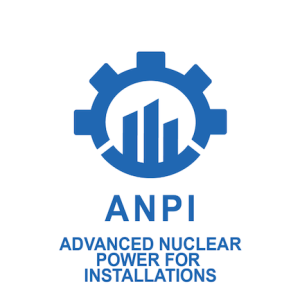A report on an incident that lead to a reactor trip, safety injection and two fires at Progress Energy’s 769MWe PWR HB Robinson 2 in Hartsville, South Carolina on March 28 has been published on the IAEA Nuclear Events Web Based System (NEWS).

The 745MWe HB Robinson PWR near Hartsville, South Carolina
It said: An electrical fault propagated by the failure of a bus-tie breaker to open resulted in a fire, and caused lowering voltage on 1 of 3 reactor coolant pumps (RCP), initiating a reactor trip. Due to the failure of the breaker to open to isolate the fault, power was lost to two buses. The subsequent cooldown resulted in an automatic safety injection initiation on low pressurizer pressure as operators focused on the fire.
In following the procedure to restore the plant, operators attempted to reset the main generator lockout relay, which resulted in re-closing a separate breaker that had eventually opened to isolate the fault, re-energizing the fault and causing a second fire event in the switchgear. This resulted in grounds on the station’s 2 DC buses.
Further complications included a failure of the charging pump to swap suction sources from the Volume Control Tank to the Refueling Water Storage Tank on low level, and the closure of a Component Cooling Water (CCW) isolation valve to RCP thermal barrier heat exchanger which resulted in a temporary loss of CCW thermal barrier cooling for the RCP.
The failure of the bus-tie breaker to open had been preceded by a loss of indicating lights for the control power associated with the breaker. The indicating lights had been unlit for months before the incident, but it was not recognized that this was indicative of an actual loss of control power to the breaker. The loss of control power resulted in the breaker not tripping, which significantly complicated the incident.
This event was originally rated an INES Level 1, however details that have come out during the NRC reactive inspection reviewing the incident, particularly regarding procedural deficiencies and inoperable equipment, have caused a re-evaluation of the incident as Level 2, which is defined as an ‘incident’ .
The plant has remained shut down since then and entered a planned refuelling outage early. A spokeswoman would not confirm the original, or revised restart date for the plant for competitive reasons, but did say that scheduled outage works were being carried out as planned.
In response to the event, the US Nuclear Regulatory Commission sent a three-person inspection team on 30 March. Since then, the NRC has formed an augmented inspection team to review events more closely, starting 19 April. The NRC said, “Further review by the company and the NRC found additional deficiencies in operations which increased the overall risk and pointed to the need for additional inspection.”
Plant staff said they were cooperating with the NRC’s inspection. “We fully support the NRC’s efforts to review this serious event,” said Robinson site vice president Eric McCartney. “We’re committed to the same objective – ensuring public health and safety – and our own comprehensive evaluation continues. Events such as this are rare, and the increased focus and scrutiny on this issue will help us and the industry learn as much as possible from it.”
He also said that the incident did confirm that the plant’s safety systems worked as they were supposed to. “The plant shut down automatically, and the reactor protective systems began working to ensure a safe shutdown,” McCartney said. “All plant systems worked as designed to ensure public health and safety was protected.”






